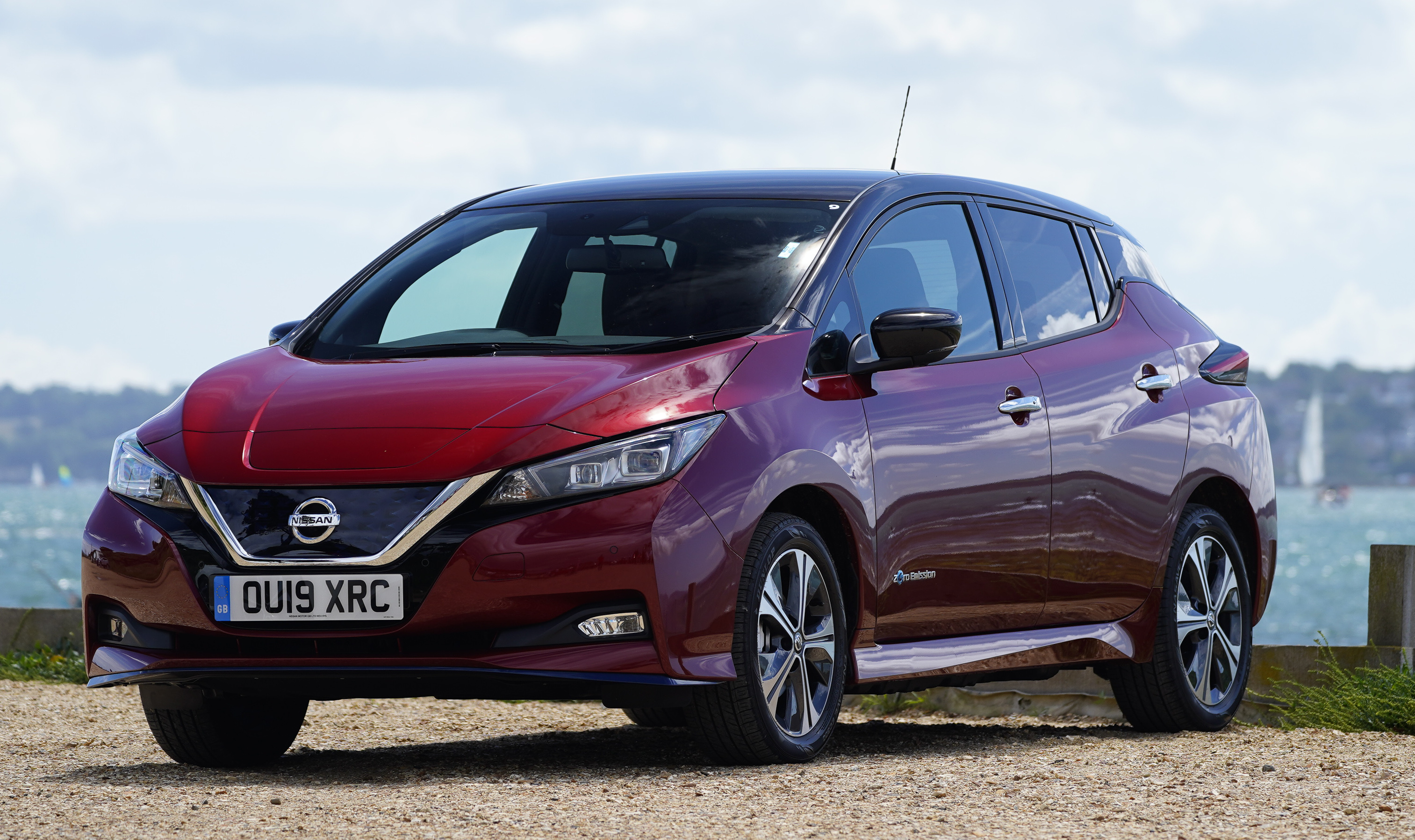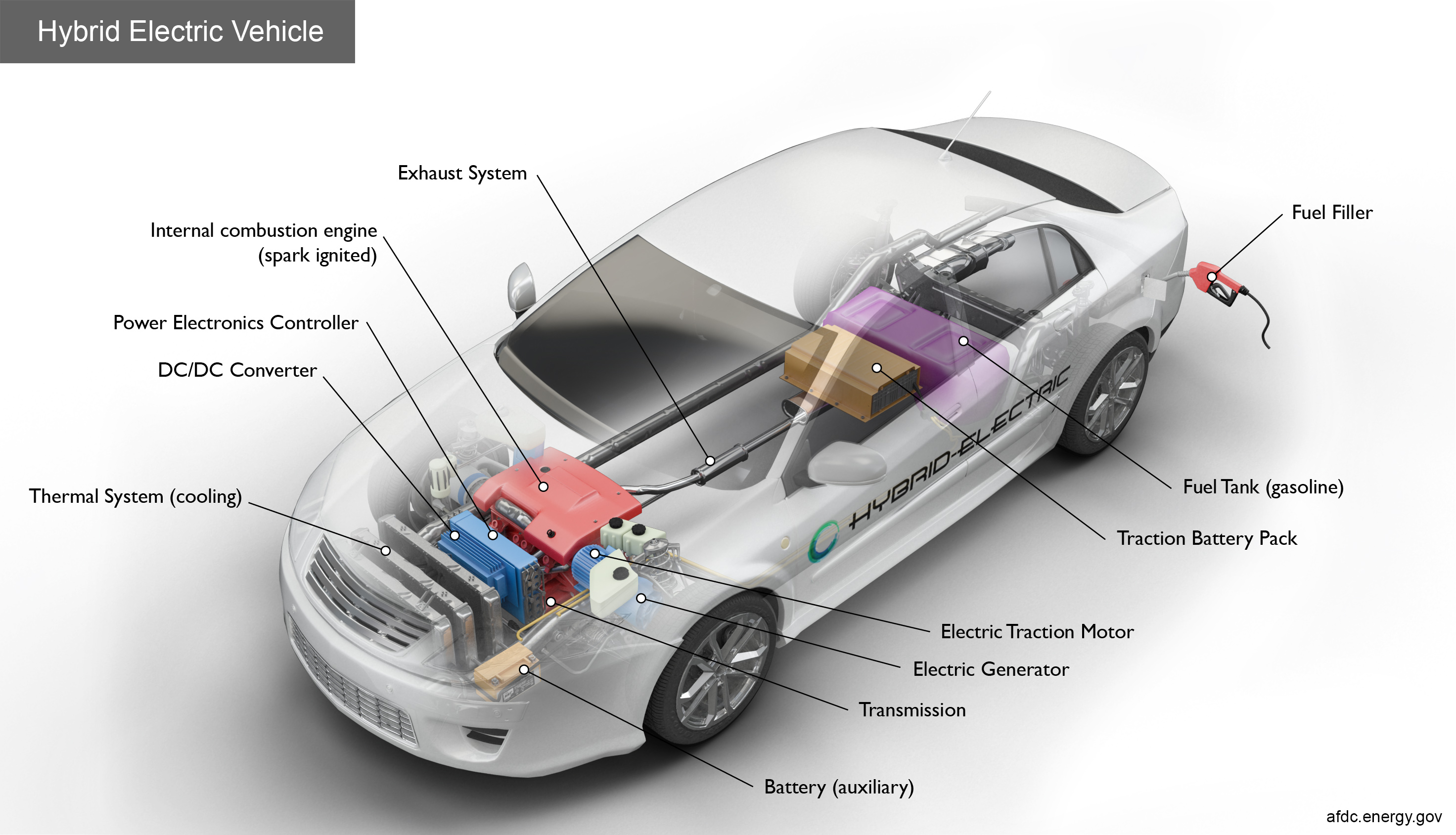
Between 20, sales have remained at about 18% of total bus sales between 71,000 to 72,000/y. US quarterly light-duty vehicle sales by powertrain, 2014-2021Īccording to American Public Transportation Association data, from about 2004 to 2014, sales of hybrid transit buses in the US increased annually until they reached about 18%, Figure 2. In 2021, crossover vehicles constituted over 50% of HEV and PHEV sales while the proportion of HEV and PHEV sales made up by cars has decreased from ~100% in 2014 to about 25% in 2021. In the US, there has been a considerable shift in vehicles being hybridized from cars to cross-over vehicles. In the US, sales of both HEVs and PHEVs have also increased but make up a considerably smaller portion of light-duty vehicle sales than in Europe, Figure 1. This increased to 20% and 9% respectively in 2021. In 2020 in Europe, non-plug-in hybrid vehicles (HEV) represented 12% of new light-duty registrations, and plug-in hybrid vehicles (PHEV) 5%. Hybrid vehicles make up a considerable portion of light-duty vehicle and urban bus sales. Further discussion can be found elsewhere.

Pure-electric and plug-in hybrids that have a sufficiently large battery to allow some electric-only operation can provide additional GHG reductions, but the benefit is strongly dependent on additional parameters such as climate, the carbon intensity of the grid and the GHGs associated with battery production. Most hybrid drivetrains also contain a means for energy storage (battery, capacitor, hydraulic reservoir, flywheel, etc.) but this is not essential.Ĭompared to a vehicle with only an internal combustion engine, life cycle GHG reductions of about 1/3 are possible with hybrid vehicles when sufficient urban driving is encountered. While internal combustion engine/electric motor hybrids are the most common, other possibilities include internal combustion engine/hydraulic, internal combustion engine/pneumatic, internal combustion engine/flywheel and fuel cell/battery electric.

In a hybrid powertrain, at least two means exist to provide power for the vehicle. Hybrid drivetrains can provide a number of functions that can be used to reduce fuel consumption and/or improve vehicle performance, such as regenerative braking, internal combustion engine–off operation, and electrically continuously variable transmission (eCVT) capability.

Compared to a vehicle with only an internal combustion engine, life cycle GHG reductions up to about 1/3 are possible with hybrid vehicles, depending on the duty cycle. Abstract: In a hybrid powertrain, at least two means can provide power for the vehicle, with internal combustion engine/electric motor hybrids being the most common configuration.


 0 kommentar(er)
0 kommentar(er)
